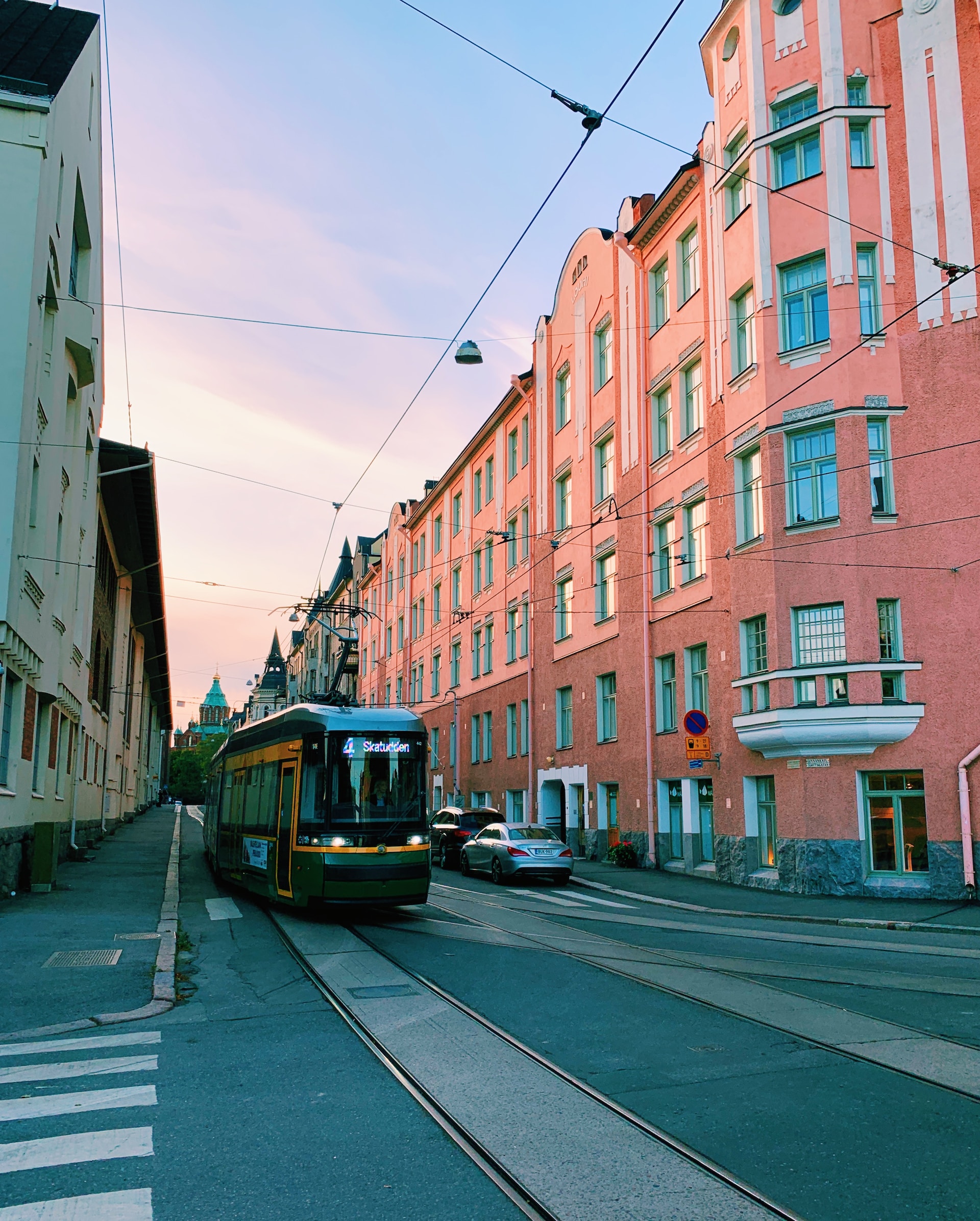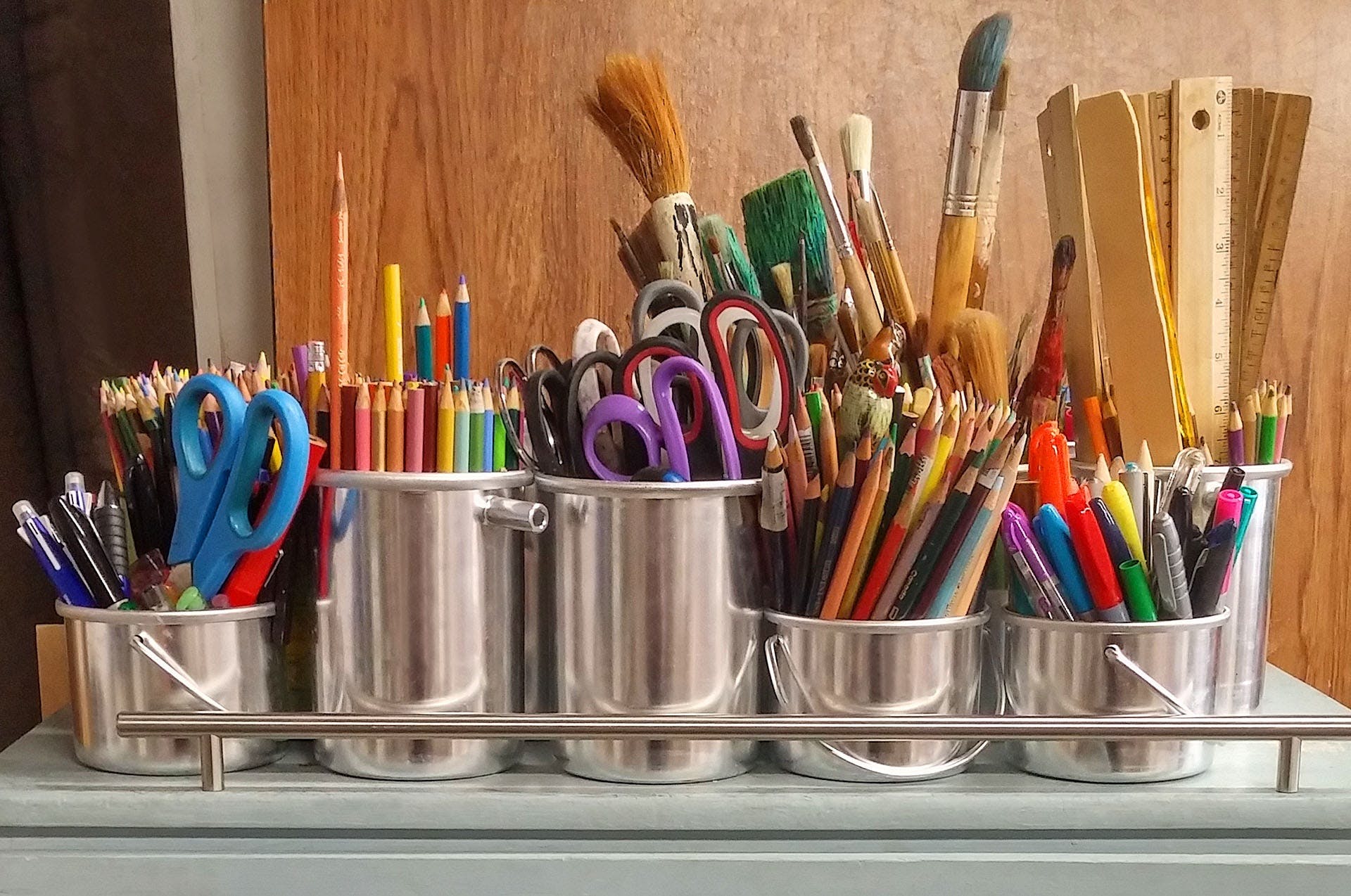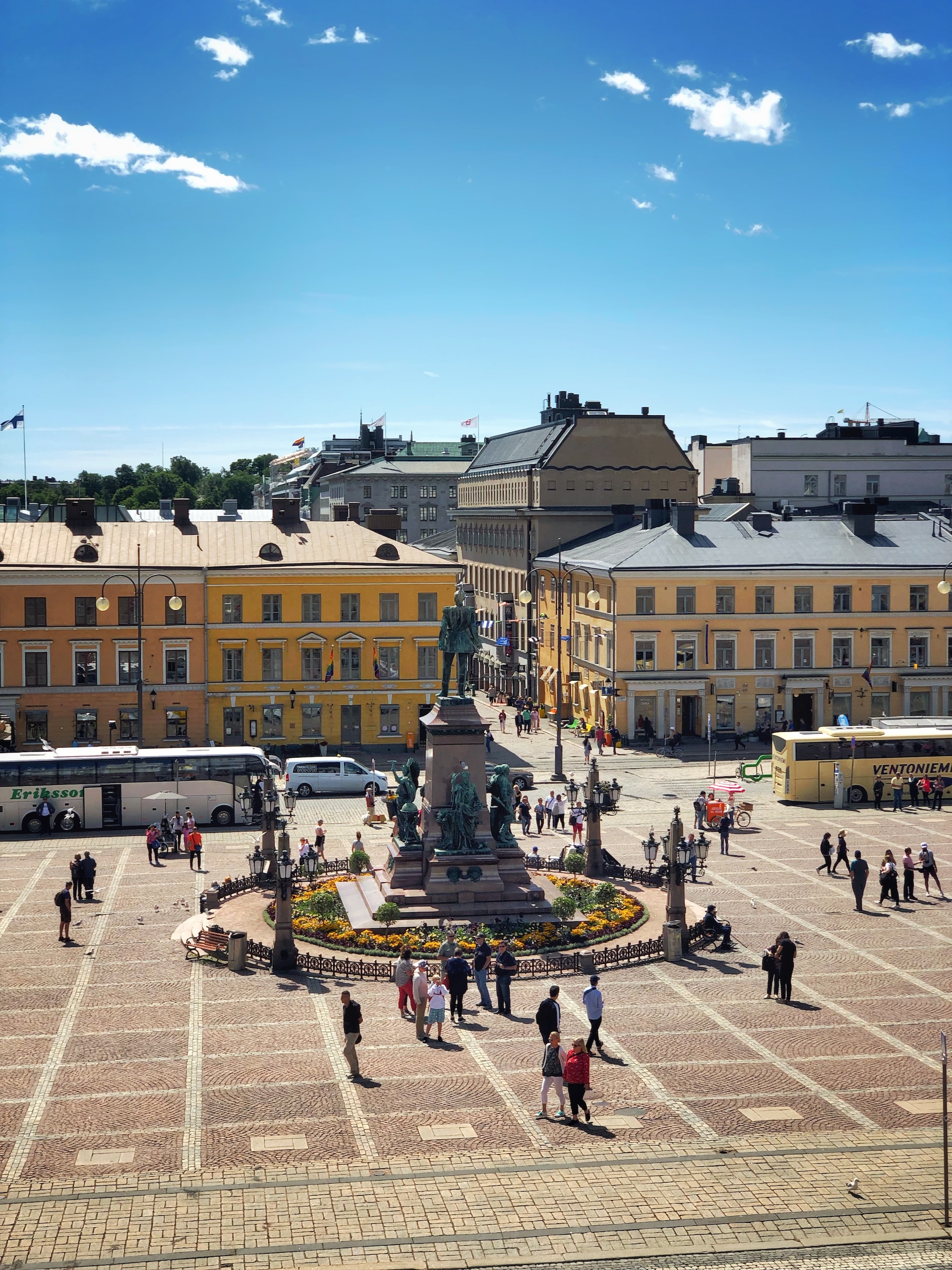Finland has one of the most successful education systems on Earth but what makes it so successful?
In recent years, much has been made of the Finnish education model. From newspaper comment pieces to political podcasts, people across the globe have been investigating just what makes the Finnish education model one of the best in the world.
Finland might be a country of just of just over 5.5 million, and a per-pupil budget that falls below the UK and the US. But it also happens to produce the smartest, most well-rounded students. Part of the reason for this, and perhaps the key reason, is that it chooses to ignore these statistics, and focus on the promotion of teaching autonomy, creative learning, and equal ability classes.
But before delving into the specifics, it’s worth considering the statistics that have turned the heads of teaching professionals across the globe. In Finland, 66% of pupils attend university. The difference between the strongest and the weakest students is the smallest on earth. 93% of students graduate from secondary education. This is evidently an education system that works.








